New book features the work of female street photographers
"Women Street Photographers" was edited by Gulnara Samoilova.
Photographer Gulnara Samoilova's work has hung on the walls of the 9/11 Memorial and Museum and been purchased by Elton John, but her résumé hasn't protected her from the downside of being a woman in the field of photography.
"Like many women, I experienced a lot of sexism throughout my career," Samoilova, who won several awards for her photos taken at Ground Zero on Sept. 11 while working for The Associated Press, told ABC News. "I wanted to create an inclusive community for women artists from around the globe who are pushing the boundaries of street photography in new and exciting directions."
She launched a website and social media platform called Women Street Photographers to provide women with an opportunity to showcase their work. This would expand to an exhibition and now her latest endeavor, a book titled "Women Street Photographers," which she edited.
The book features a collection of photographs from 100 contemporary women photographers.
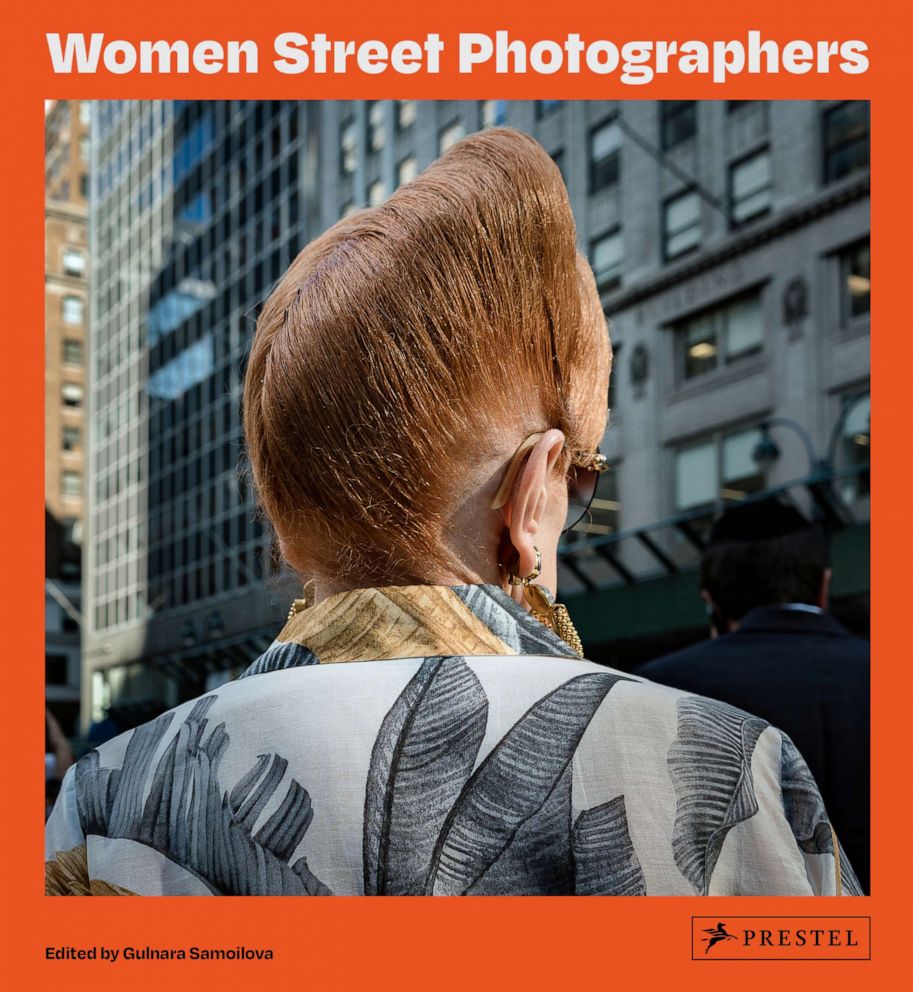
ABC News interviewed some of the photographers featured in the book to see what influenced their work.
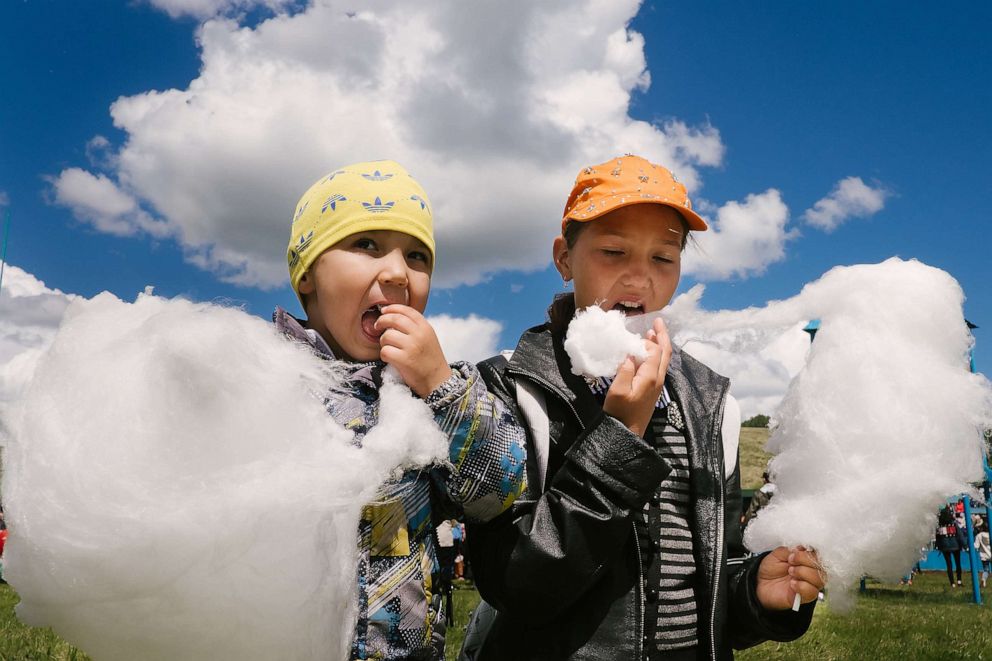
The photo of her own included in the book is titled "Cloud Eaters."
Samoilova explained, "Once a year, I travel back to Russia to the Republic of Bashkortostan where I visit small villages and document the everyday lives of ordinary people. I always visit Sabantuy, an annual festival that takes place all over the region. It is my favorite place to photograph."

Bruna Rotunno was attracted to photography after studying psychology. She was strongly interested in human nature and focused her work on exploring cultures and social themes. When explaining how female street photographers differ from their male counterparts, she quoted Italian photographer Giuliana Traverso, "The great difference of the woman photographer is that she knows how to look inside before she starts looking outside."
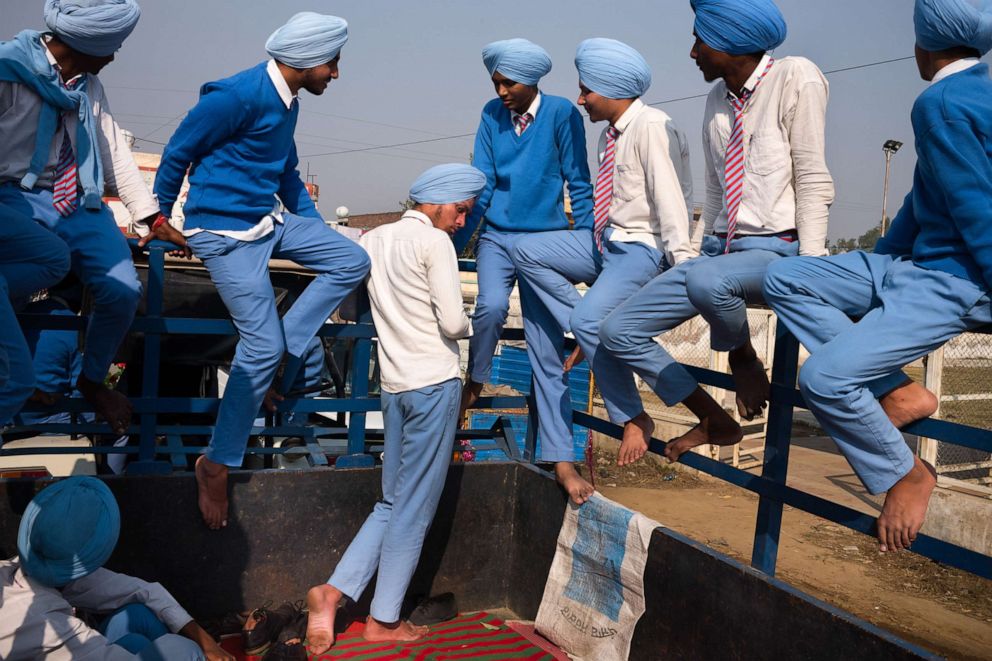
Photographer Graciela Magnoni grew up living what she would describe as a nomadic lifestyle. She credits the places she lived during these periods with providing her an opportunity to explore photography.
"Today, I'm not sure If I travel to photograph or if I photograph because I travel," she said. "My photographic journey started in Brazil in the local press in the 1980s. Latin America was in turmoil and I was privileged to witness and photograph the return of the Latin American democracies and the departure of the dictators. Those were my formative years."
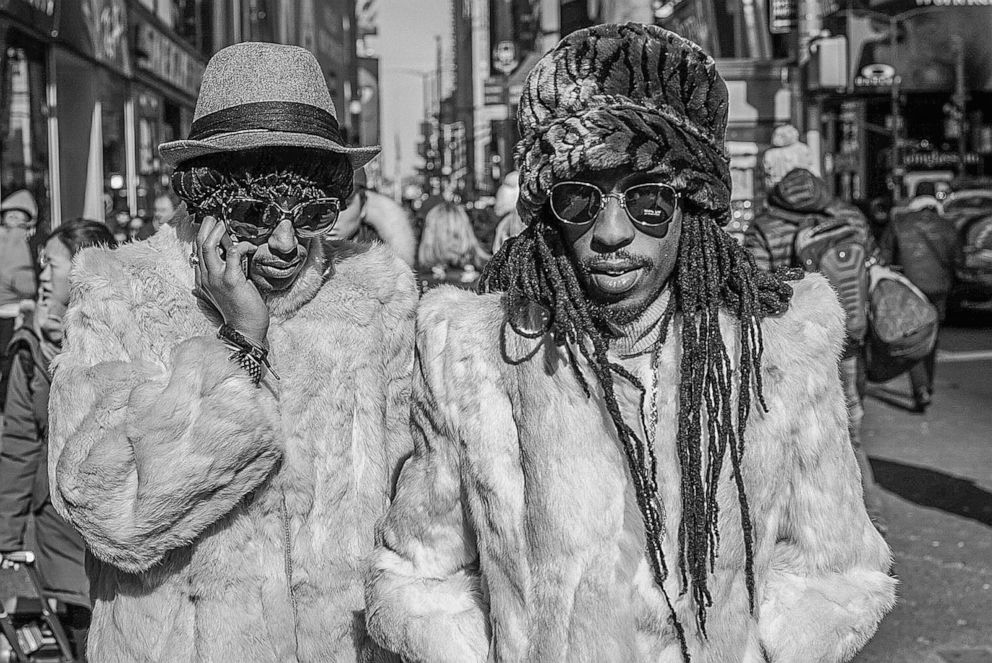
Dominique Misrahi said that people are what interested her in photography. "Faces are telling stories," she said, and she wants to "show beauty in diversity."
"I love New York and I always wonder if I could live anywhere else," Misrahi said. "I never get bored. I can actually 'travel' by going to different neighborhoods and discover different cultures."
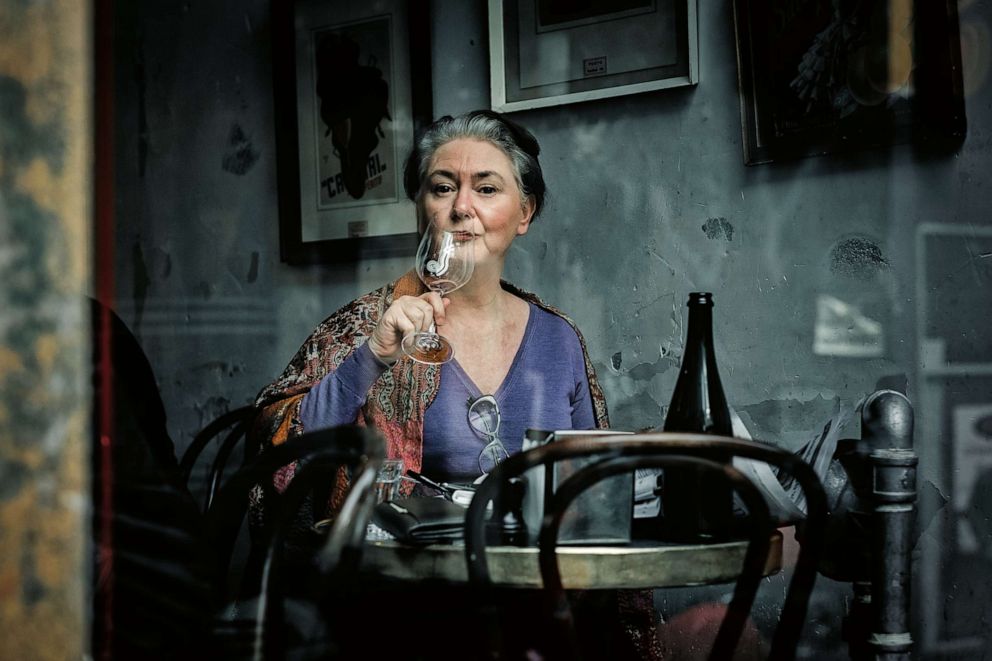
Jane Zhang, a photographer based in Melbourne, Australia, said, "What I love about street photography is that every session is different. Regardless of where I am, every day brings new boundless possibilities and magical moments, and it is up to us to be there to capture it. "
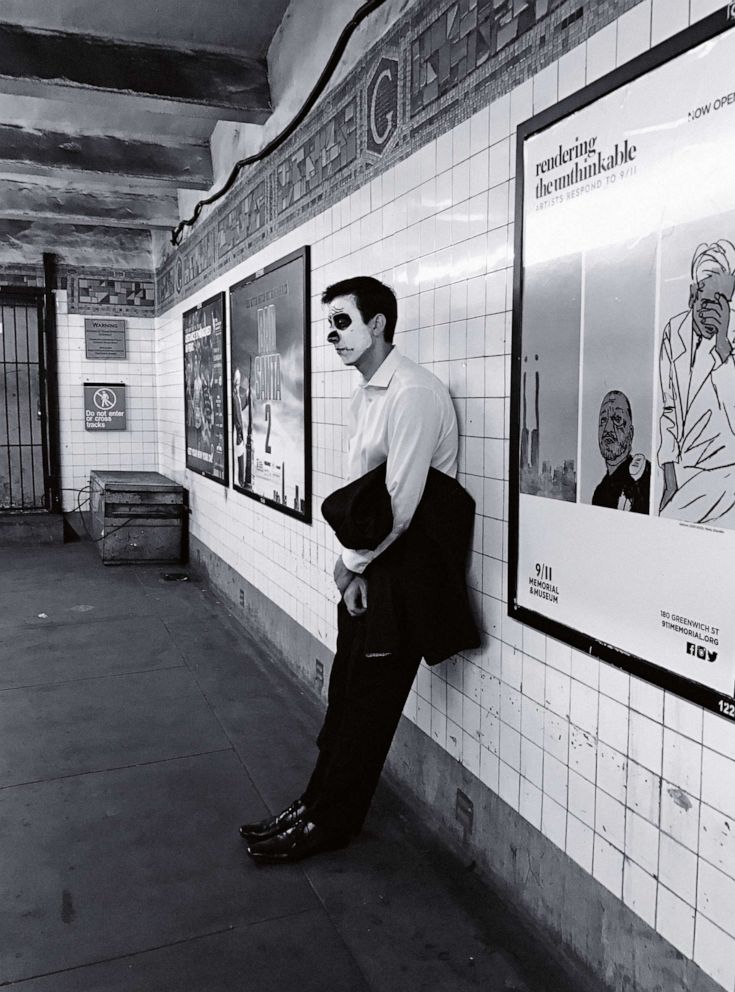
Emily Sujay Sanchez is a Dominican-American street photographer based in the Bronx, New York. She said her home borough is her favorite place to photograph.
"There's no place like it and there are no people like the people from the Bronx," Sanchez said. "You want to talk about strong , progressive, talented, innovative, hard-working, loving, charismatic, tough people? That's the Bronx."
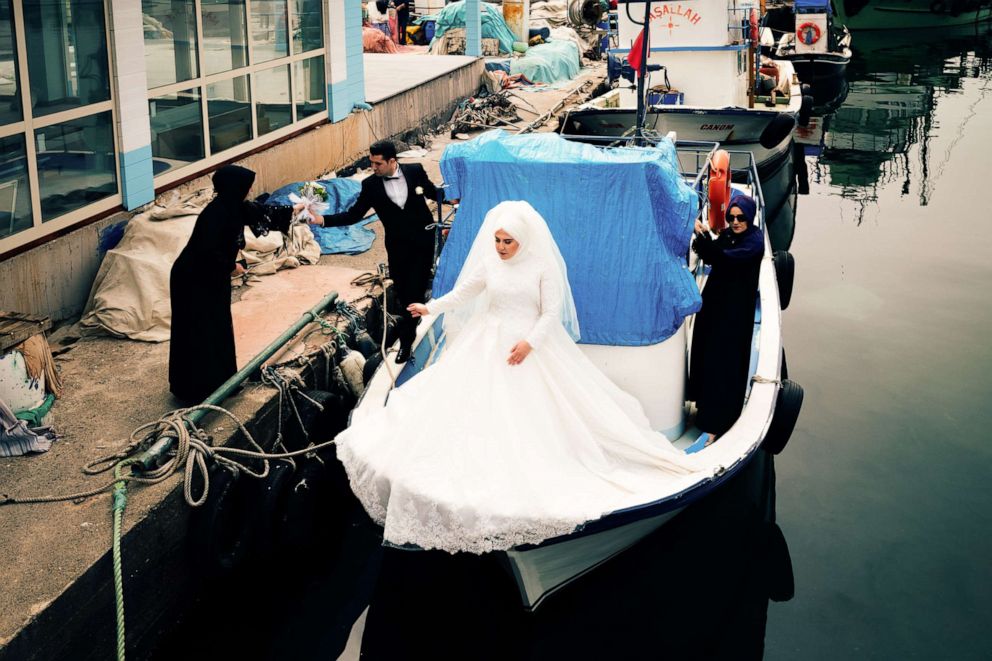
Birka Wiedmaier fell in love with photography after becoming a mother.
"Like most mothers, I started taking pictures of my children to capture memories. Later, when we were living in Moscow, I wanted to capture my impressions of the city with pictures." Wiedmaier said. "I'm interested in people's daily life -- small everyday scenes in markets, in parks, in public transport, the true candids. It doesn't matter whether you are in Istanbul, Moscow or Berlin. We are all very similar, despite cultural differences. That is where the fascination of street photography lies for me."
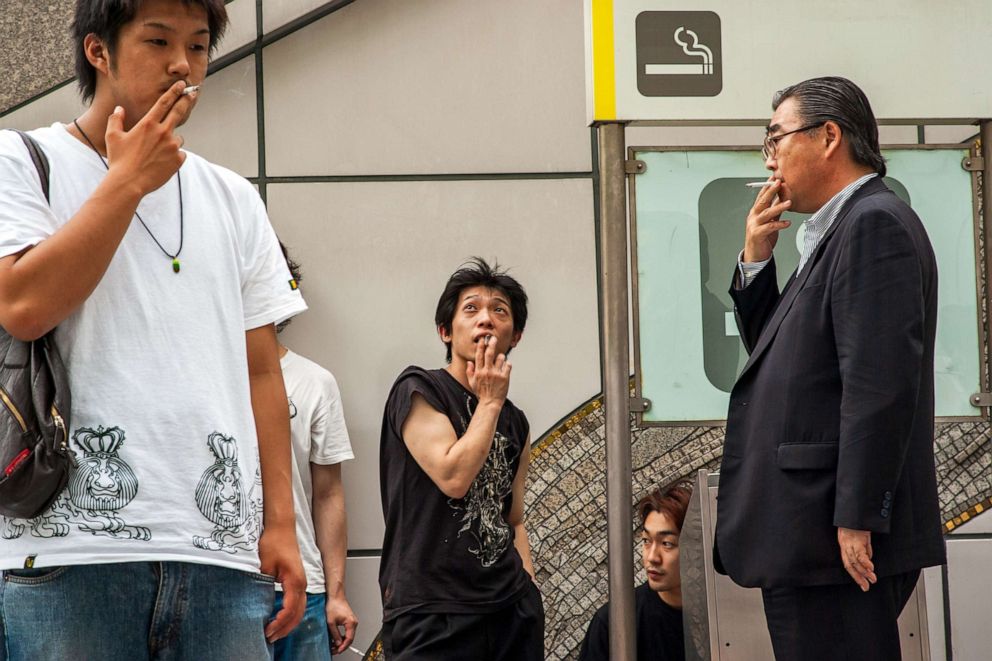
Native New Yorker Hazel Hankin got her start in photography at Brooklyn College. She credits members of the Photo League, a group of photographers concerned with social justice issues whose documentary practice often included street photography, as what attracted her to the genre.
"There have always been women photographers. If our work hasn't been given as much attention and value as that of male photographers it's because of the systemic sexism that exists in our society," Hankin said of the lack of female representation in the industry. "Women are, and should be, in every field. We deserve the same support and visibility as men."
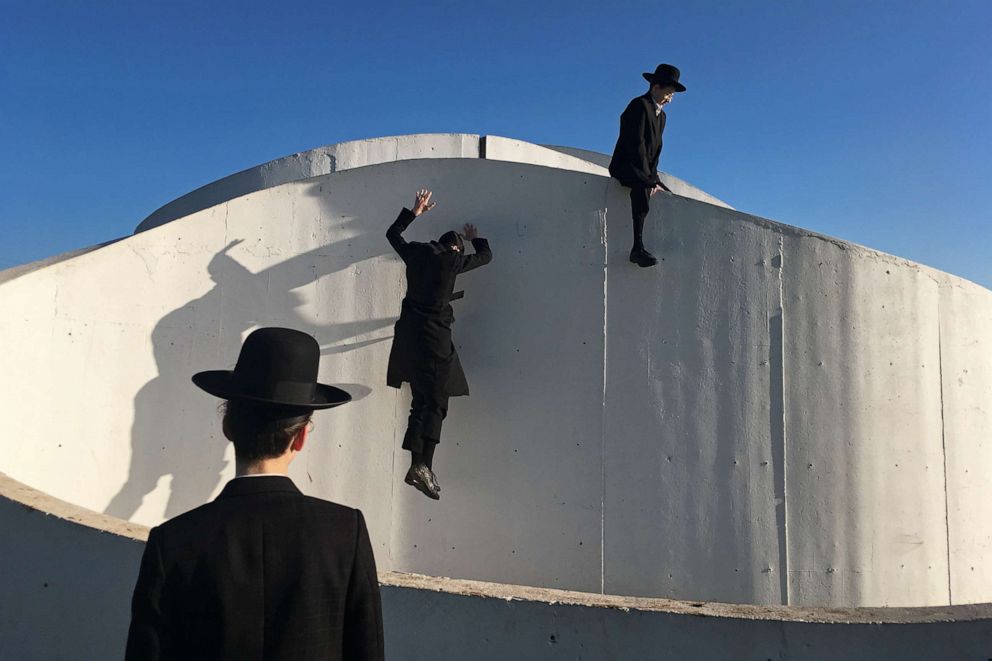
Israeli photographer Efrat Sela said, "Street photography is the hunt for those magic, often-missed moments that are all around us, all the time. To be a street photographer is to be part of this magic."

Dimpy Bhalotia said she believes, "women photographers have brought a huge revolution in perspective and diversity in photography."
"A growing number of women are responsibly recording human history with such empowerment and dedication," Bhalotia added.
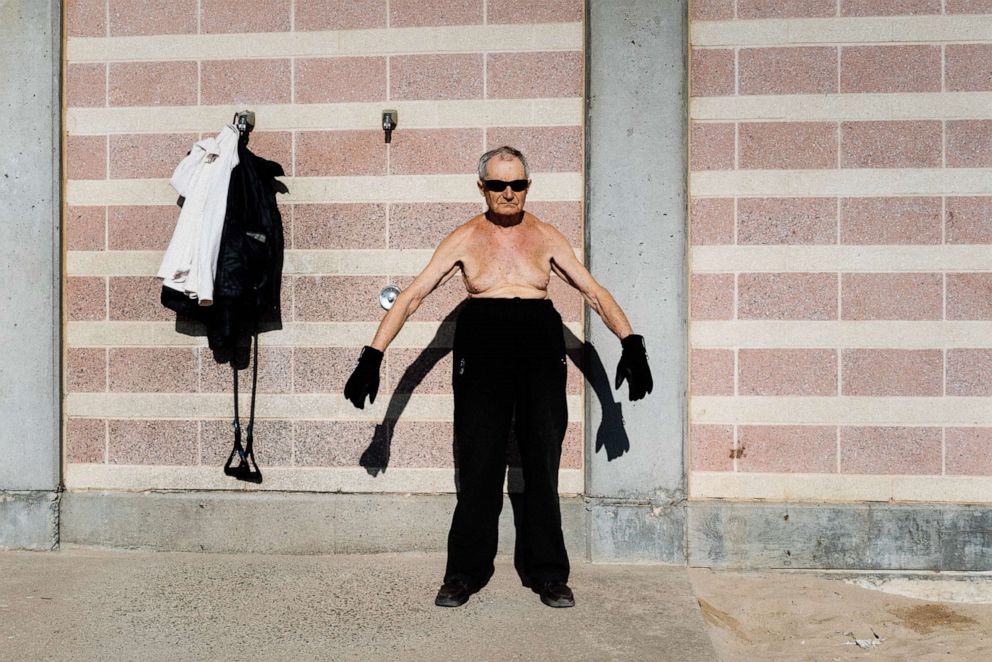
Jutharat Pinyodoonyachet was born in Bangkok and has had a passion for photography since childhood.
"I was fascinated by how street photographers can see special things in ordinary life," she explained. "I love how they can turn something ordinary to extraordinary. And that's what I still try hard to pursue even these days. Street photography makes me appreciate little things or tiny moments I see every single day."
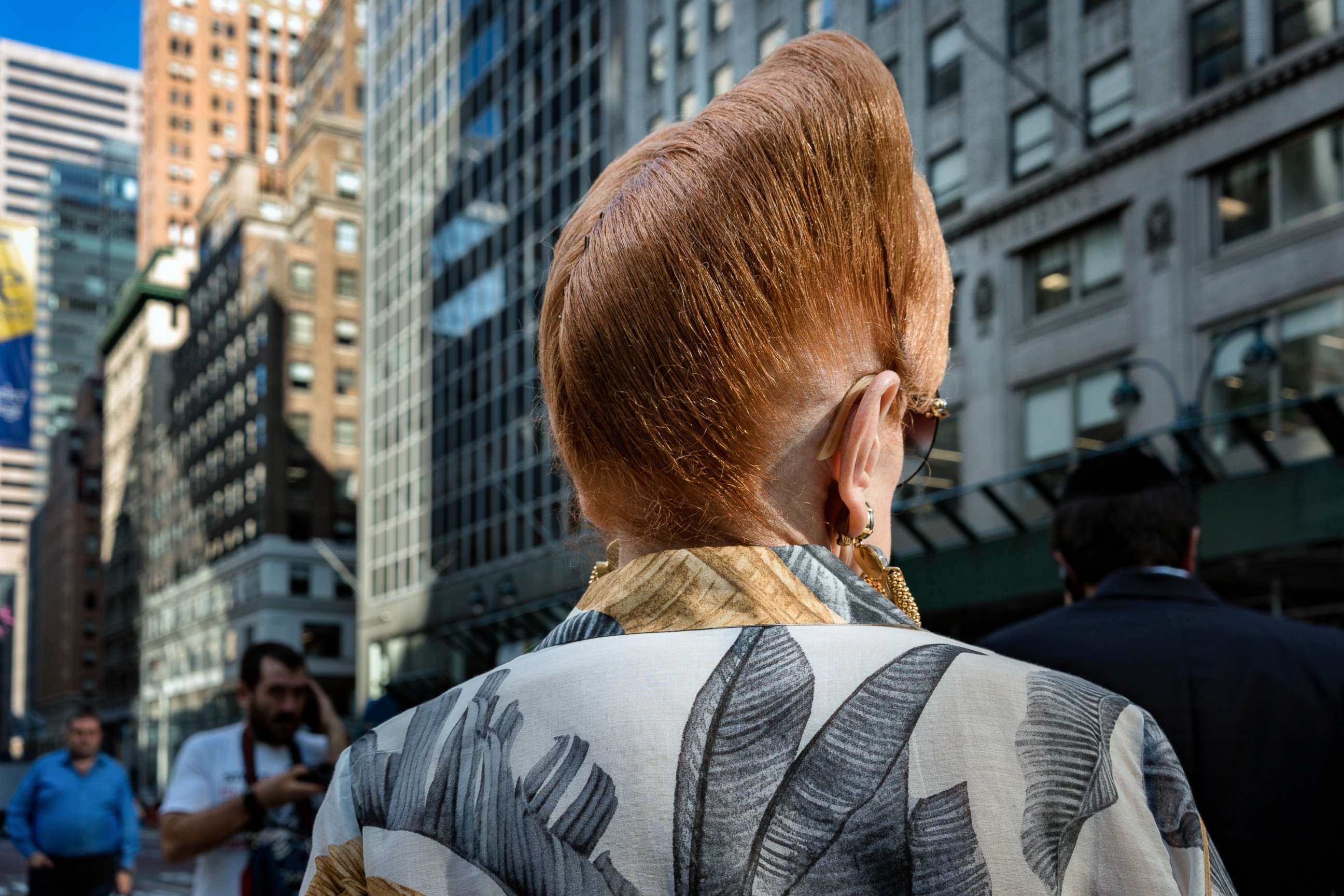
B. Jane Levine earned a Ph.D. in biochemistry from Columbia University, but left the field of molecular biology research to raise her family. After leaving research, she took an interest in photography and began taking classes.
But she said her past profession and education has influenced her work: "Photography is my attempt at creative expression and initially my approach to the process of shooting, developing and printing resembled my training as a biochemist -- to be an observer and a practitioner using a rigorous methodical approach."
She continued, "The observation of people going about their daily life is both a confirmation and a way of enriching our understanding that we as humans all share aspects of these common behaviors.
Samoilova said she is excited to be providing opportunities for women photographers that have often been lacking.
"I wanted to create the kind of support I would have liked to have received in my career, be it through promotions, exhibitions, artist residencies, inspirational films, publications or just being part of a community," Samoilova said. "It seemed like this was something people had been waiting for, and not just women -- almost half of my followers are men. I've been developing the platform organically ever since."




